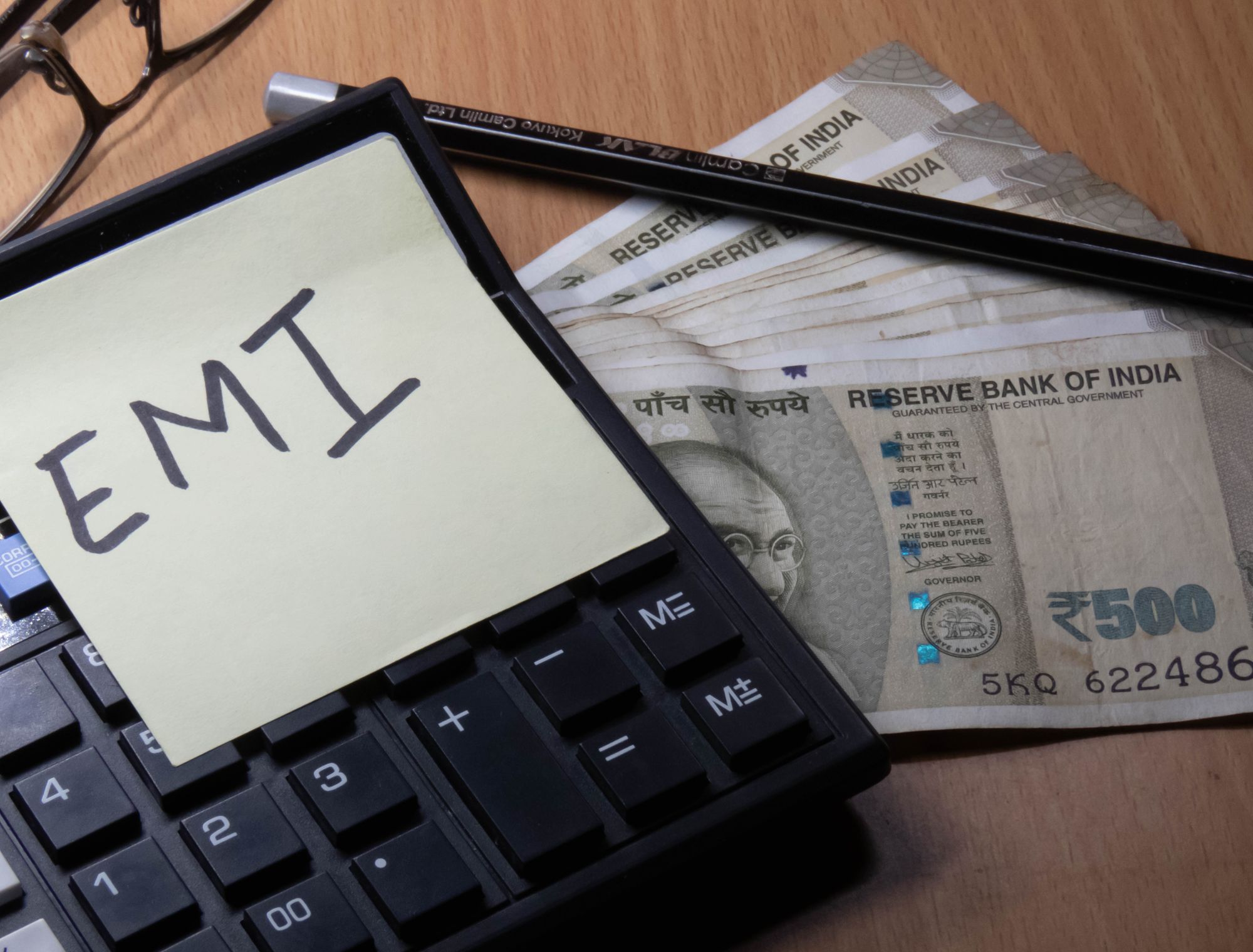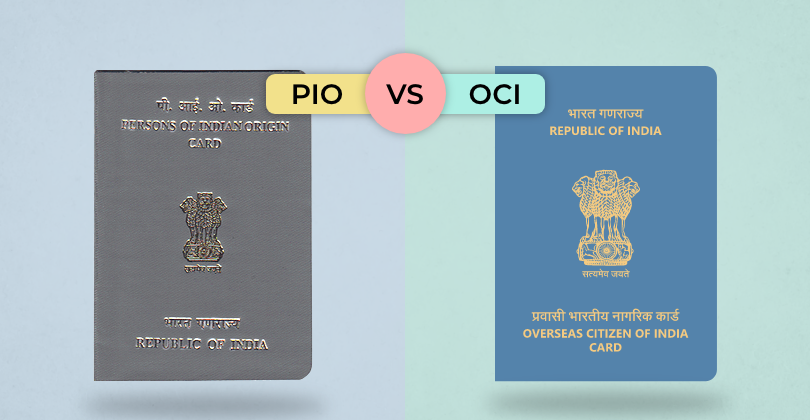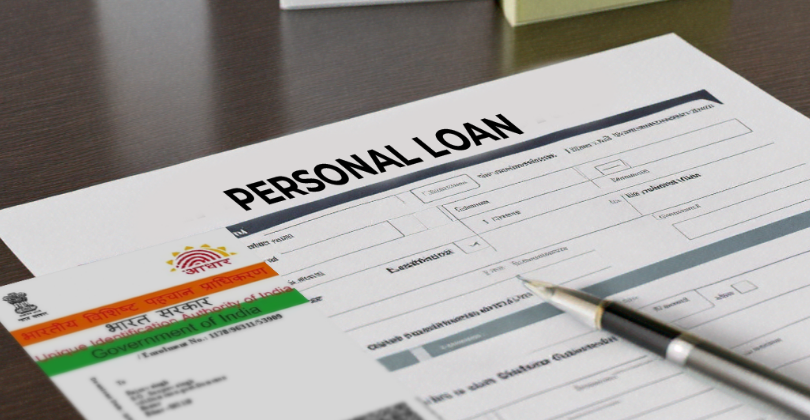Are you of Indian origin and living abroad? You've probably come across terms like PIO and OCI. These cards offer different benefits, but it can
In today's fast-paced world, personal loans have become an indispensable financial tool for individuals to fulfil various needs, such as buying a car, funding a wedding, or renovating a home. When you opt for a personal loan, you commit to repaying it in Equated Monthly Instalments (EMIs), which are predetermined amounts that include both the principal loan amount and the interest. However, financial setbacks can occur unexpectedly, leading to the possibility of an EMI bounce.
This article delves into the repercussions of a personal loan EMI bounce and provides insights into potential solutions.
Understanding Personal Loan EMIs
Before delving into the consequences of a bounced EMI, it's essential to understand the mechanics of personal loan EMIs. An EMI is a fixed monthly payment that borrowers need to make to their lenders. It typically comprises two components: the principal amount and the interest accrued on the outstanding loan balance.
The EMI amount remains constant throughout the loan tenure, but the proportion of principal and interest changes over time. In the initial stages, a larger portion of the EMI goes towards paying off the interest, while as the loan tenure progresses, a larger chunk goes towards repaying the principal.
What Is an EMI Bounce?
An EMI bounce occurs when a borrower fails to pay their instalment on the due date. This situation arises due to various reasons, such as insufficient funds in the borrower's account, technical glitches, or oversight.
When an EMI bounces, it not only disrupts the borrower's repayment schedule but also triggers a series of consequences that can impact their creditworthiness and financial stability.
Repercussions of a Bounced EMI
When an Equated Monthly Instalment (EMI) bounces, it sets off a chain reaction of consequences that can significantly impact the borrower's financial well-being and reputation. Here are the key repercussions:
-
Late Payment Fees
Lenders impose late payment charges as a penalty when an EMI is not paid on time. These charges vary among lenders but can accumulate quickly, further burdening the borrower, given their current financial situation. Additionally, these late fees contribute to increasing the overall cost of the loan, making it more expensive in the long run.
-
Impact on Credit Score
Perhaps one of the most critical repercussions of a bounced EMI is its adverse effect on the borrower's credit score. Credit scores play a pivotal role in determining an individual's creditworthiness. When a borrower misses an EMI payment, it is reported to credit bureaus, and this negative information reflects on their credit report.
As a result, the borrower's credit score takes a hit. A lower credit score makes it difficult to secure credit facilities like loans or credit cards in the future. Even if they manage to secure credit, it might come with unfavourable terms and higher interest rates due to the perceived risk associated with a lower credit score.
-
Higher Interest Costs
A missed EMI payment leads to an increased outstanding loan balance, which, in turn, escalates the interest cost. As interest is calculated based on the outstanding balance, failing to make timely payments keeps the balance higher than it would have been with regular payments. This can substantially increase the overall interest paid over the tenure of the loan.
-
Legal Action
In more severe cases of non-repayment or consistent missed payments, lenders have the right to take legal action to recover the outstanding loan amount. This can involve sending legal notices, engaging collection agencies, or even initiating legal proceedings. In situations where collateral has been provided for the loan, such as in secured personal loans, the lender may proceed to seize the collateral to recover their dues.
-
Negative Reputation
Bouncing EMIs not only affects the borrower financially but also damages their reputation with the lender. It can erode the lender's trust in the borrower's ability to honour their financial commitments.
This can lead to strained relationships and communication breakdowns between the borrower and the lender. Moreover, such negative interactions can impact the borrower's future interactions with other financial institutions.
Mitigating the Impact of a Bounced EMI
While a bounced EMI can have serious repercussions, borrowers do have options to mitigate the impact and rectify the situation:
-
Contact the Lender: If you foresee a financial difficulty that might lead to a bounced EMI, it is advisable to communicate with the lender beforehand. Some lenders may offer temporary relief, such as extending the due date or restructuring the loan through moratorium.
-
Pay the Outstanding EMI: As soon as you realise you've missed an EMI, try to pay it as soon as possible. While you may still incur late payment fees, this step can prevent the situation from escalating further.
-
Negotiate with the Lender: If you're facing prolonged financial difficulties, consider discussing the situation with the lender. Some lenders might be open to restructuring the loan by extending the tenure or modifying the terms to make repayment more manageable.
-
Build an Emergency Fund: Maintaining an emergency fund that can serve as a safety net in case of unexpected financial challenges. This fund can be used to cover EMI payments if you face a temporary setback.
-
Avoid Taking New Debt: Taking on new debt while struggling with loan repayments can exacerbate the situation. Focus on resolving the existing loan issue before considering additional credit.
📗 Related reading- A Simple Guide to Better Managing Your EMI Payments
Preventing EMI Bounces
Prevention is undoubtedly better than dealing with the consequences of a bounced EMI. Here are some steps you can take to avoid this situation:
-
Maintain a Budget: Create a realistic budget that accounts for your income, expenses, and loan repayments. This can help you ensure that you have sufficient funds available for your EMI payments.
-
Set Reminders: Set up reminders or alerts for EMI due dates to avoid missing payments due to oversight.
-
Maintain a Buffer: Keep a buffer of funds in your bank account to cover unexpected situations or delays in income.
-
Opt for Auto-Debit: Many lenders offer auto-debit facilities, where the EMI amount is automatically deducted from your bank account on the due date. This minimises the chances of missing a payment.
Conclusion
In personal finance, maintaining financial discipline is crucial. While personal loans can provide much-needed financial assistance, their repayment demands responsibility and foresight. Utilising tools like a personal loan EMI calculator can help you plan your repayment journey effectively.
A bounced EMI can have far-reaching consequences that affect not only your financial health but also your creditworthiness. By understanding the implications of a bounced EMI and adopting preventive measures, borrowers can ensure a smoother loan repayment journey and protect their financial future.
Remember, open communication with your lender and a proactive approach to managing your finances can go a long way in preventing and addressing the challenges posed by a bounced EMI. In essence, responsible financial behaviour and timely EMI payments are essential pillars of a secure financial future.
AUTHOR
KreditBee As a market leader in the Fintech industry, we strive to bring you the best information to help you manage finances better. These blogs aim to make complicated monetary matters a whole lot simpler.







